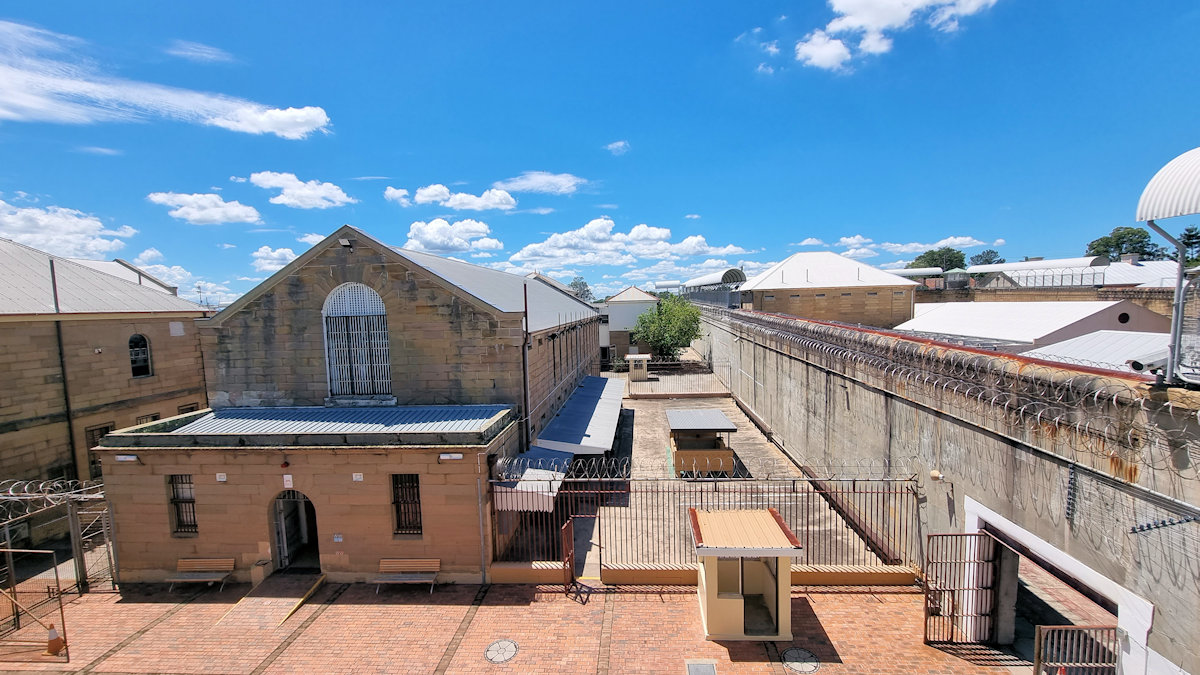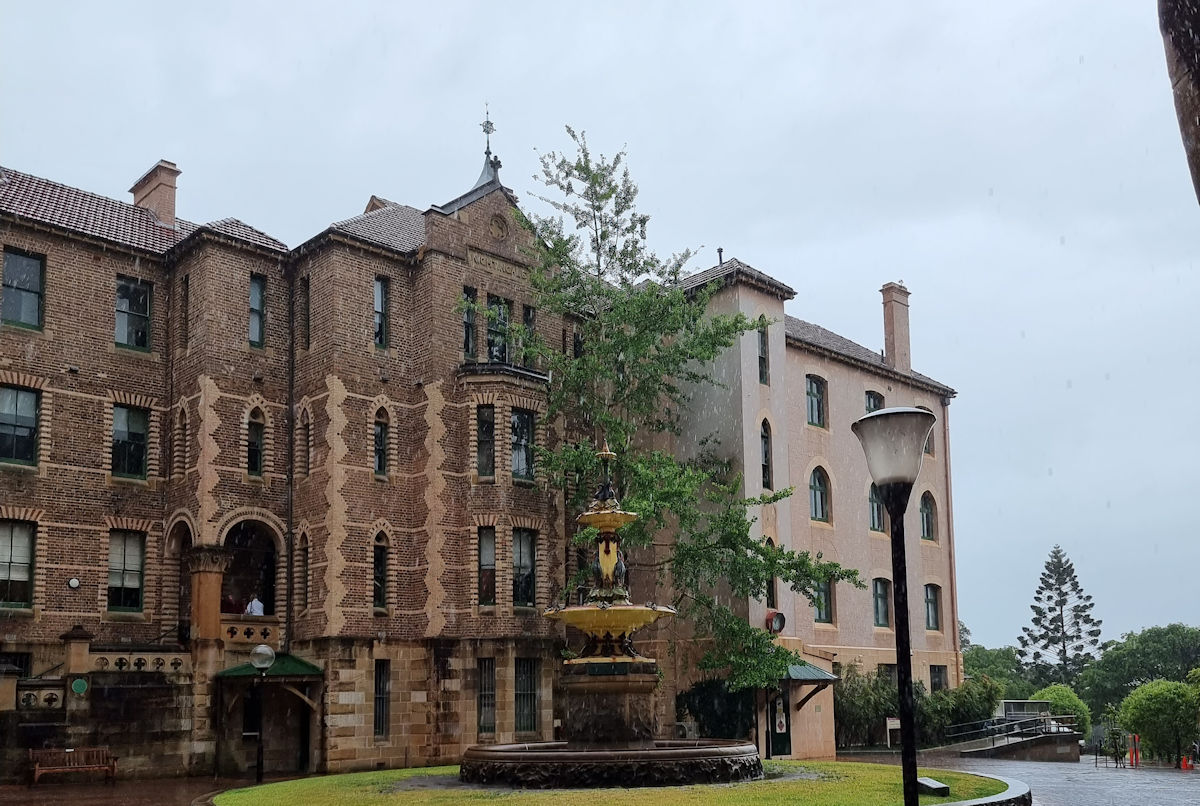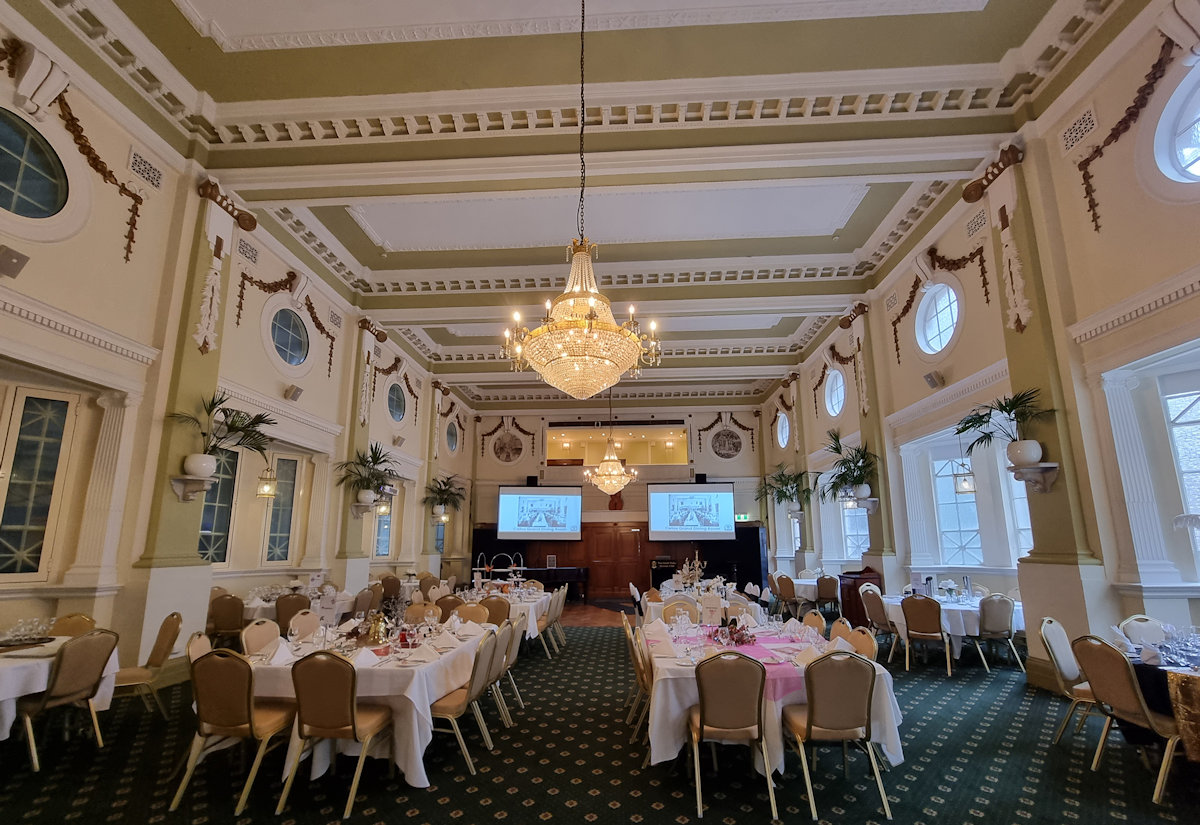Tag: Historic Building
-
Maitland Gaol NSW Australia

Maitland Gaol NSW Australia Although outdated and no longer in use, the Maitland Gaol in NSW Australia is now a tourist attraction. Several options are available when visiting, guided tours, self guided tours or a guard tower tour. We chose the last option, as this takes you up onto the walls of the gaol, providing Read more
-
Nightingale Wing Sydney Hospital

Nightingale Wing Sydney Hospital Nightingale Wing Sydney Hospital Located in the Sydney CBD, the Nightingale Wing, Sydney Hospital, is a historical building of both medical and architectural significance. Completed in 1869, this sandstone and polychrome-brick Gothic Revival structure is the site of the first nursing school in Australia. History The Nightingale Wing owes its name Read more
-
NSW Masonic Club

NSW Masonic Club Located in the heart of Sydney, the NSW Masonic Club was built in 1927 incorporating Gothic Revival and Art Deco styles. Meticulously restored, the building is heritage listed ensuring its preservation for future generations to enjoy. As a functioning hotel, access to the many rooms is not always possible. However, during the Read more